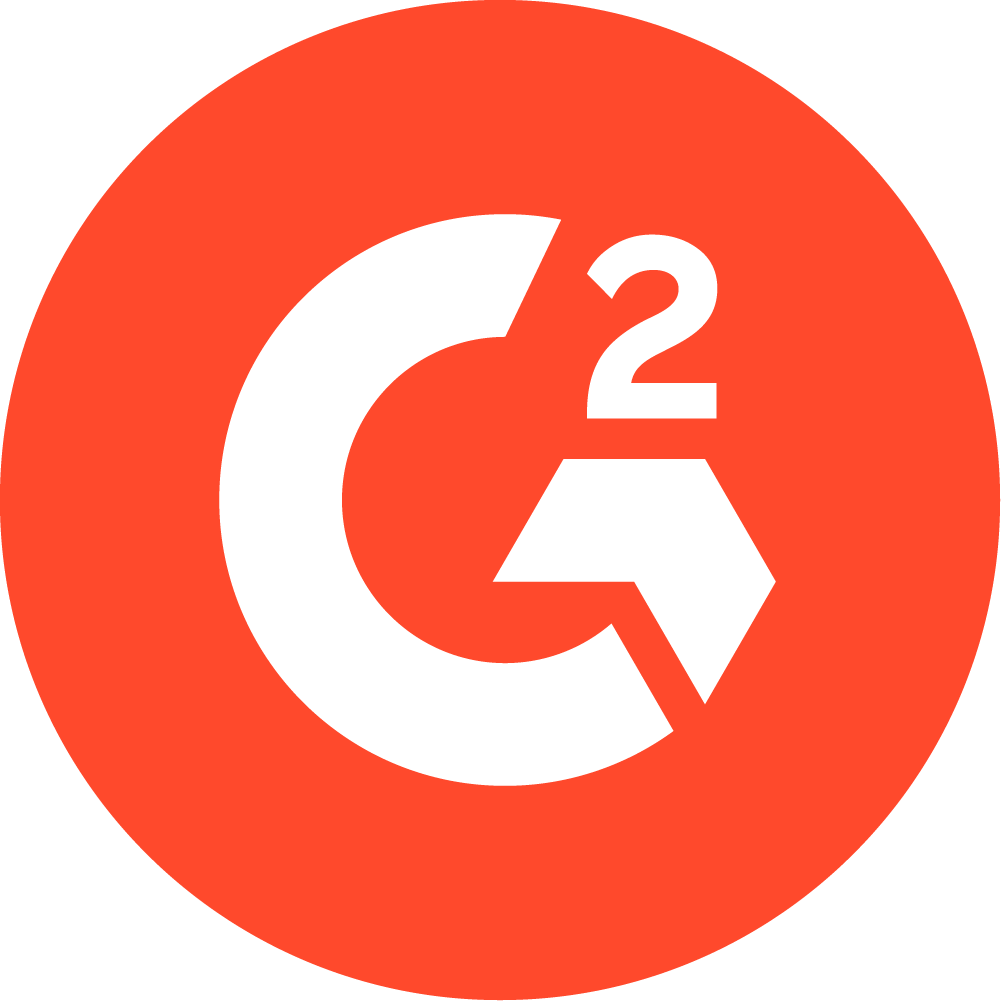Top 5 Benefits of an Integrated EMR and Billing System
Adopting a top-notch EMR with a fully integrated billing software can make a huge difference in the success of your practice.

Subscribe
Get the latest news and tips directly in your inbox by subscribing to our monthly newsletter
Traditionally, PT billing and documentation have been separate processes—each with its own set of frustrations. However, WebPT’s billing software, Therabill, provides therapists with a better, more streamlined workflow—and because this billing software is connected to a top-notch EMR, users are able to run their clinics more efficiently, and thus, focus more on patient care.
Here at WebPT, we’re determined to simplify clinical and financial processes for PTs—and providing an integrated billing solution is an important piece of that puzzle. Here are the top five benefits of WebPT EMR + Therabill:
1. Better Front Office Operations
With WebPT EMR and Therabill, your patients’ demographic and billing data will seamlessly transfer from your documentation system to your billing software, thereby eliminating the need to enter patient data into two disparate systems. Once a patient’s information is in WebPT, you can trust that it’ll be in Therabill, too. That means your front office staff will have more time to focus on customer service, scheduling, claims management, and copay collection.
2. Fewer Coding Errors
WebPT’s built-in alerts and required fields ensure that the data that transfers to your billing system is accurate—and that’s important for first-pass claim acceptance. Plus, because your staff won’t need to enter patient demographic information twice, you’ll eliminate the errors caused by double data-entry.
3. Maximum Reimbursements
By adopting a fully integrated system that’s designed for physical therapists, you’ll spend significantly less on paper, toner, and labor. Plus, clean claims—with accurate patient and demographic info as well as ICD-10 codes—will ensure maximum reimbursements.
4. Easily Accessible Documents
Clean claim submissions—especially those for workers’ compensation cases—often require the inclusion of daily notes and/or progress notes. With WebPT EMR and Therabill, you won’t need to waste time searching for a certain chart in a full filing cabinet; making copies of the necessary documentation; or faxing or mailing it along with the claim submission or resubmission. Rather, you’ll be able to find everything you need within the system in just a few seconds—and then fax it directly. Plus, if you’re using WebPT’s eDoc feature, you’ll be able to scan all pertinent information into the system and store it securely along with the patient’s chart.
5. Improved Access to Financial Data via Built-In Reporting Features
Connecting your documentation and billing solutions ensures you’ll have access to a more robust set of financial data—and if that data is presented in easy-to-view reports that you can use to manage your business in real-time, well, all the better. With WebPT and Therabill, you can track and monitor everything from units billed per PT and days sales outstanding (DSO) to accounts receivable and net revenue per visit (NRV). You’ll also have access to productivity reports, referral numbers, and cancel and no-show averages—all within the system.








